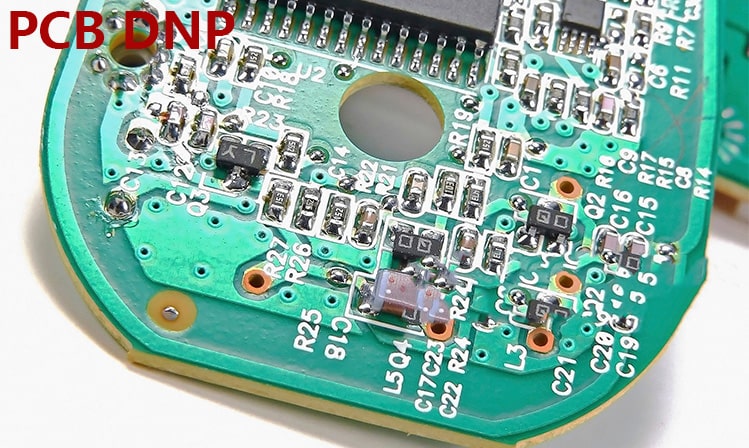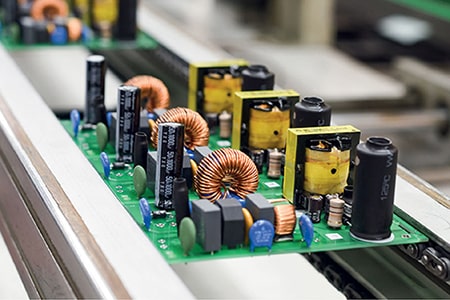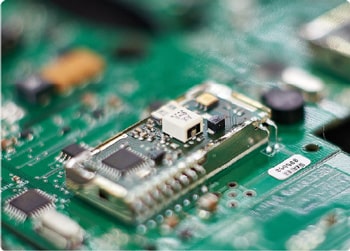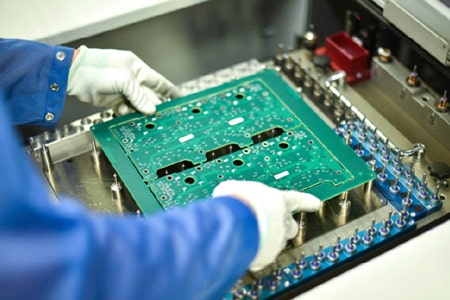In PCB design and circuit schematics, what are DNP and NC? What is the difference?
In PCB design and circuit schematics, DNP and NC are two important marks, which represent different electrical characteristics:
DNP (Do Not Populate) Meaning: DNP is the abbreviation of "Do Not Populate", which means that the component does not need to be mounted when the PCB board is generated. Purpose: It is usually used to reserve a position for future debugging or modification, or to add a pull-down resistor to adjust the signal quality when the signal quality is not good. Processing method: There will be empty pads on the PCB, which can be used as test pins.

NC (No Connection) Meaning: NC is the abbreviation of "No Connection", indicating that the pin does not work in the circuit, that is, it is not connected. Purpose: It is usually used to indicate that a pin does not need to be connected to any other part in the circuit, perhaps for subsequent connection or as a mechanical support point. Processing method: On the PCB, the pin marked with NC will not be soldered with any components and remain vacant.
The difference between DNP and NC DNP: It means that the position is reserved, but no components are soldered. NC: Indicates that the pin is not connected to any other part in the circuit. By understanding the difference between DNP and NC, engineers can design and manufacture PCB boards more accurately, ensuring the correctness and flexibility of the circuit.
Understanding the distinction between DNP (Do Not Populate) and NC (No Connect) in your PCB designs and schematics is critical for avoiding manufacturing errors and ensuring your board functions as intended. A simple miscommunication can lead to costly delays or rework.
A Quick Reminder for Smooth Collaboration:
When submitting design files to us, please clearly label or note any DNP/NC components in your schematics, BOM, or assembly drawings. Explicit instructions (e.g., "DNP: R5, C12" or "NC: Pin 3 on U7") help us deliver accurate results and keep your project on schedule.
Need help reviewing your design? Contact our team – we’re happy to assist!







